What to Eat When You Have Glaucoma
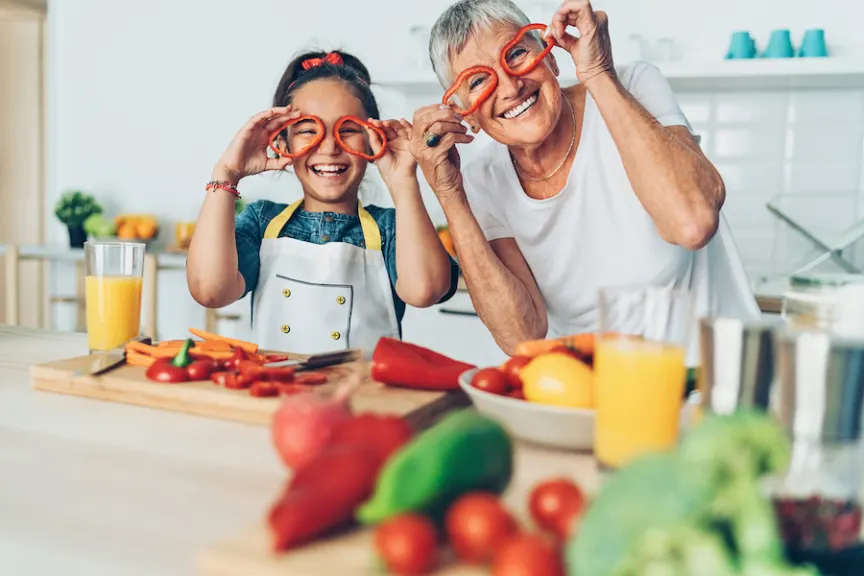
If only therewere a magic bullet to cure glaucoma, a serious eye disease affecting 2.7 million Americans. There isn’t—yet. “The best way to get ahead of glaucoma is by getting regular eye exams,” says Andrew Iwach, M.D., executive director of the Glaucoma Center of San Francisco and spokesperson for the American Academy of Ophthalmology. “If you haven’t been seen by an ophthalmologist by age 40, get a baseline exam.” If you are diagnosed with this disease, there are some things you can do to ease symptoms and slow progression, including eating the right diet. Here, some food for thought.
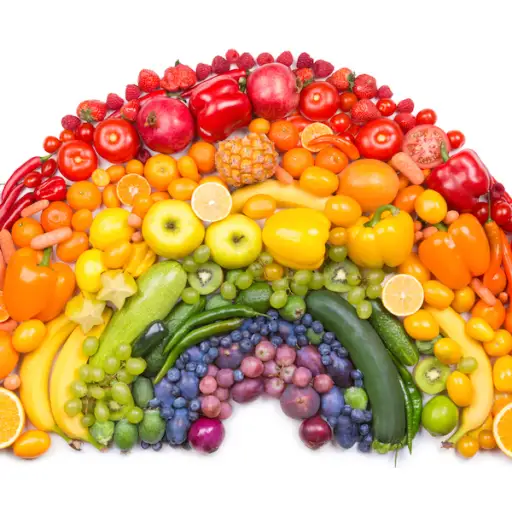
Taste the Rainbow
Fruits and veggies—especially brightly colored ones like sweet potatoes, spinach, melons, tropical fruits, bell peppers, and berries—are good sources of vitamins A, C, and the antioxidants lutein and zeaxanthin, says Katherine A. Zeratsky, R.D., a registered dietitian and assistant professor of nutrition at the Mayo Clinic in Rochester, MN. These compounds are known to protect against oxidative stress, which is associated with damage to the optic nerve and other tissues of the eye in glaucoma.
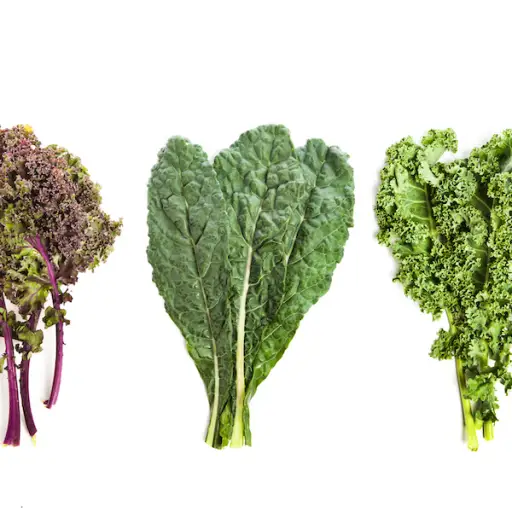
Load Up on Leafy Greens
You’ve probably heard it a million times: Leafy greens are a dietary mainstay for optimum health. But the verdant wonders may also provide additional benefits to patients with glaucoma. Research shows that people who eat more leafy green vegetables like kale and spinach may have a 20% to 30% lower risk of developing the disease. “One theory is that there are nitrates in the green vegetables, and nitrates convert to nitric oxide, which can improve blood flow and help regulate pressure inside the eye,” says Dr. Iwach.
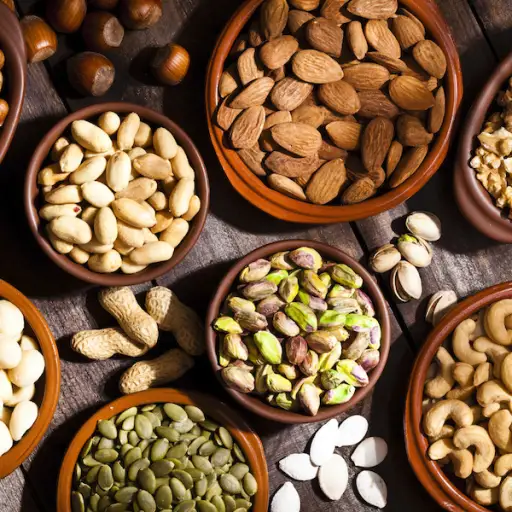
Go Nuts
Nuts and seeds are some of the best sources of vitamin E. That’s key, because the vitamin helps keep cells healthy and protect them from free radical damage, which can break down the protective tissue in the eye. Sunflower seeds (which also help decrease the risk of age-related macular degeneration and cataracts), almonds, hazelnuts, and pistachios (these have high levels of lutein and zeaxanthin as well) are all great sources. So, go ahead and snack like you mean it.
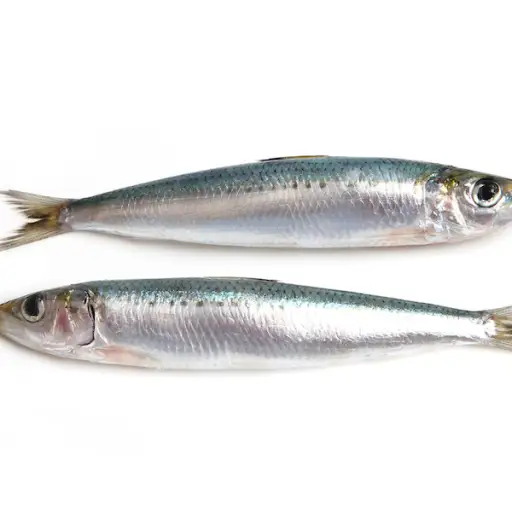
Eat Your Omega-3s
Here’s the dish: Fish such as salmon, tuna, sardines, and halibut contain high levels of omega-3 fatty acids, which research suggests may help reduce the risk of developing eye disease later in life. Additionally, eating more omega-3s has been shown to decrease glaucoma-related pressure in the eye. It may be better to leave that phrase out as the mechanism of action in lowering the pressure with omega 3s is not certain. Scientists have also found that omega-3s may help battle the low-grade inflammation that’s thought to play a role in glaucoma and bolster visual acuity and visual field. Wins all around.
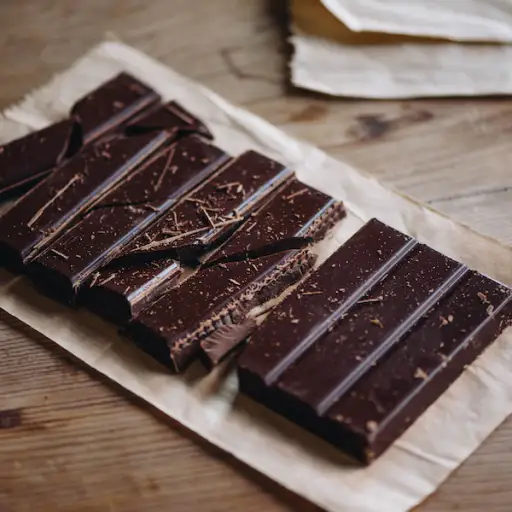
Embrace Chocolate
If you need an excuse to indulge, here it is: A study published inJAMA Ophthalmologyfound that adults who ate a bar of dark chocolate could actually see better about two hours later, possibly due to enhanced blood flow caused by antioxidants called flavanols in the chocolate. Moreover, these compounds may improve vision in people with glaucoma and decrease the risk for macular degeneration by enhancing the availability of oxygen and nutrients to the blood vessels of the eye and brain.
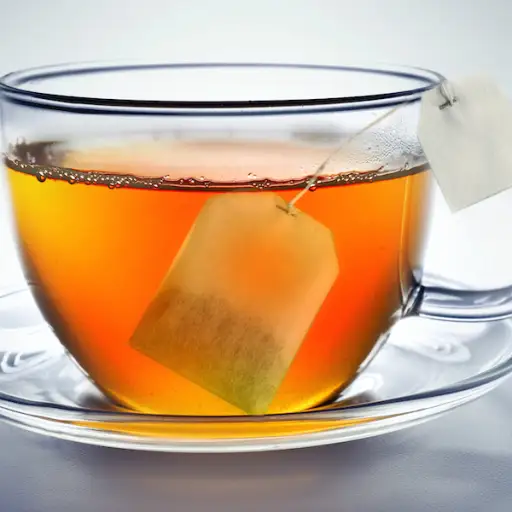
Tea Up
As it turns out, drinking tea may help reduce your chances of developing glaucoma. According to a study in theBritish Journal of Ophthalmology, people who drank at least one cup of hot tea daily lowered their risk of developing glaucoma by 74% compared to those who did not consume the beverage. Researchers believe that the antioxidants and flavonoids in tea may improve the body’s ability to prevent the harmful effects of free radical damage and help protect your eyes from diseases like glaucoma. Although, there was a correlation tea consumption and risk reduction of glaucoma, further research is needed to validate this data.
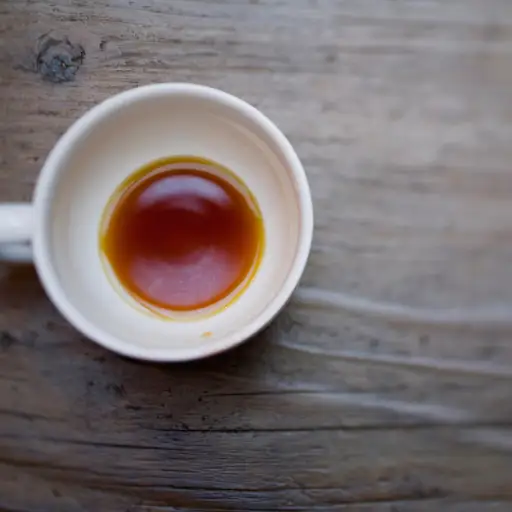
Curb the Caffeine
Don’t stress: Consuming a cup (or even two) of joe in the morning is still an OK way to get your engine going. But continuing to chug the day away is a no go. It turns out, too much caffeine is thought to increase pressure in your eye, Zeratsky says. And while the effect is highest in people who already have glaucoma, studies have found that drinking large quantities of caffeinated coffee every day can increase the risk of developing glaucoma as well, particularly for those with a family history of the disease.
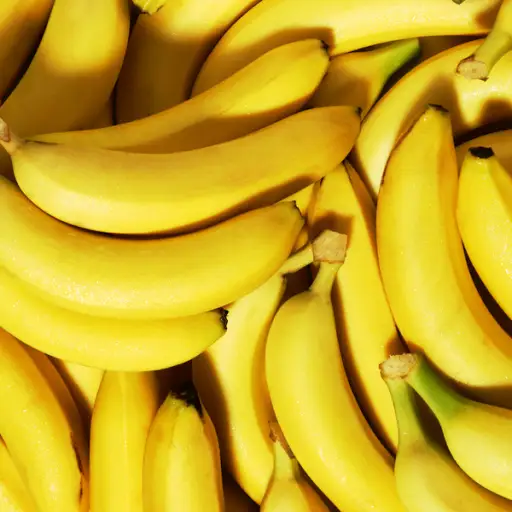
Have a Banana
Though more research is needed, preliminary studies suggest that dietary magnesium may be beneficial for people with glaucoma. Magnesium has been shown to improve blood flow to the eye and may also help protect retinal ganglion cells, which process visual information in the eye and transmit it to the brain via the optic nerve. Bananas, avocados, pumpkin seeds, and black beans can all help you meet the recommended daily allowance of 300-400 mg. If you’re considering a supplement, talk with your doc first.
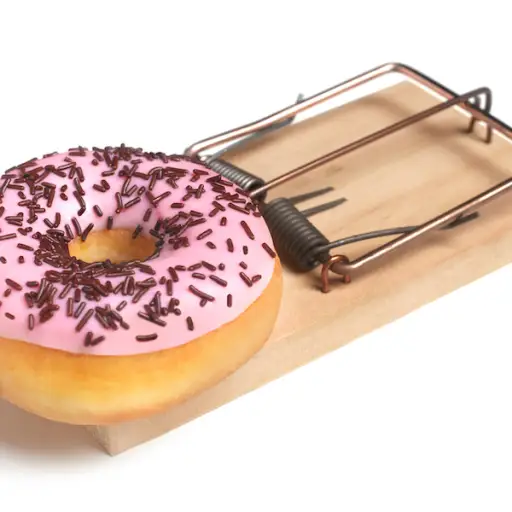
Limit Unhealthy Fats
Fried foods and baked goods are high in trans fats, while burgers, butter, and cheese are filled with saturated fats. Limiting these foods, plus those with a lot of sugar, can slow the progression of optic nerve damage. “Trans fats, saturated fats, and excess sugar promote inflammation and can cause problems with blood pressure and circulation,” says Jodi Moore-Weiss, O.D., an assistant professor of ophthalmology at the Mayo Clinic. “If the optic nerve is at risk, you want to provide the best possible blood flow and nutrition to the eye.”
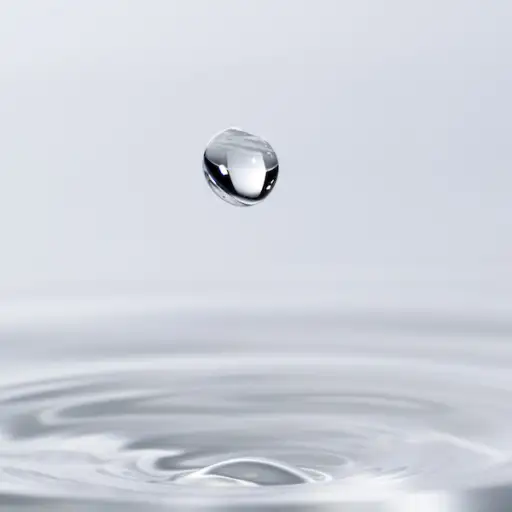
Drink Water Slowly
We know, it sounds completely counterintuitive, and staying hydrated is good for your health in more ways than one. But when it comes to glaucoma, it’s best to space your sipping out evenly through the day. Studies (yes, someone studied this) show that people with glaucoma who chug an entire quart of water over the course of 20 minutes experience elevated eye pressure, which can lead to damage. Aim for eight tall glasses, one every 60-90 minutes, throughout the day.
Green Leafy Vegetables:JAMA Ophthalmology. (2016). “Association of Dietary Nitrate Intake with Primary Open-Angle Glaucoma.”jamanetwork.com/journals/jamaophthalmology/fullarticle/2480455
Omega-3 Fatty Acids:International Journal of Ophthalmology. (2011). “Cod Liver Oil: A Potential Protective Supplement for Human Glaucoma.”ncbi.nlm.nih.gov/pmc/articles/PMC3340802/#!po=40.9091
Effects of Coffee:British Journal of Ophthalmology. (2018). “Frequency of a Diagnosis of Glaucoma in Individuals Who Consume Coffee, Tea and/or Soft Drinks.”bjo.bmj.com/content/102/8/1127
Magnesium:International Scholarly Research Notices. (2014). “The Role of Magnesium in the Pathogenesis and Treatment of Glaucoma.”hindawi.com/journals/isrn/2014/745439/
Jennifer Tzeses is a writer and content strategist specializing in health, beauty, psychology and lifestyle. She's written for《华尔街日报》, Mind Body Green, CNN,Architectural Digest,Barron's,Cosmopolitan,Harper's Bazaar, Psycom,Elle,Marie Claire, and more. Follow her on Instagram @jtzeses.

